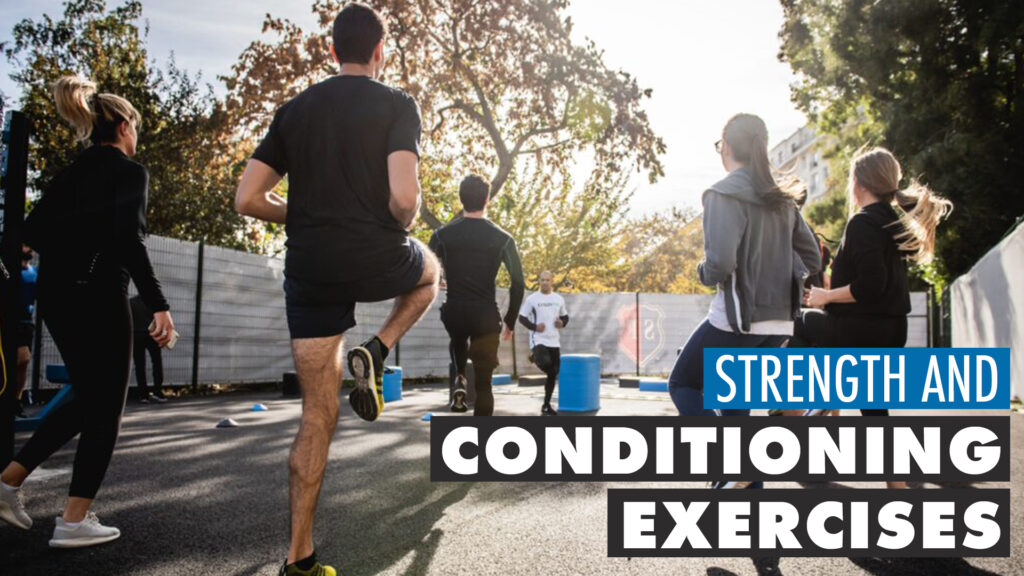
Physical preparation with free weights, elastic resistance bands, a backpack, bodyweight exercises, or machines will help you gain general strength, especially in the lower back and abdominal regions, upper back and shoulders, and legs. Free weight-training requires that you balance the weights as you would your own body, weighted with a pack, in three-dimensional space. When starting any strength conditioning program, complete two full-body strength workouts a week for 25-45 minutes each. In the beginning phase of strength conditioning, focus on building a foundation for harder workouts.
To that end, keep the weight light enough to concentrate on good form and complete 2 sets of each exercise for 8–10 repetitions. As you continue to train, you will shift focus to building strength (generally lower reps 5–8 with heavier weight). 4–6 weeks before your climb, shift your training to focus on strength endurance (higher reps 10–15 with light weight) to turn the newly gained strength into greater strength endurance. Each training phase should vary the weight used, repetitions completed, number of sets, and rest intervals.
Regardless of which training phase you are in, always be sure you maintain proper form in order to prevent injury or strain.
Strengthening your Lower Body
We will be ascending and descending steep slopes on unreliable terrain. The calves, hips, quads, hamstrings and glutes are all involved in helping us safely navigate these obstacles, along with a great degree of strength endurance from the legs and hips. One of the best tools to use to achieve this will be training with free weights. Your lower body acts as the base of your support as you walk, run and jump.
Concentrating only on your upper body when you work out is a mistake. Your largest muscles are located in your lower body. They are essential in movements you perform in day-to-day activities or in sports. When you strengthen your lower body, you are strengthening your largest muscles. Regular lower-body exercise also increases bone strength, improves your balance and stamina and decreases injuries to your knees and hips, along with your risk of falling. When working your lower body think squats; full or partial, leg press, calf raise, leg extensions, and hamstring curls.
Strengthening your Upper Body
To aid in carrying your pack and using trekking poles efficiently, you will need to build strength in your upper back and shoulders. Having a strong upper body improves your flexibility, mobility and range of motion. When working your upper body think Bench Press, Lat Pull-Down, Curls, Tricep Pull Downs, and Overhead Press.
For additional information along with sample workouts, check out our nine part YouTube series on Strength and Conditioning to help you prepare for your trek.







